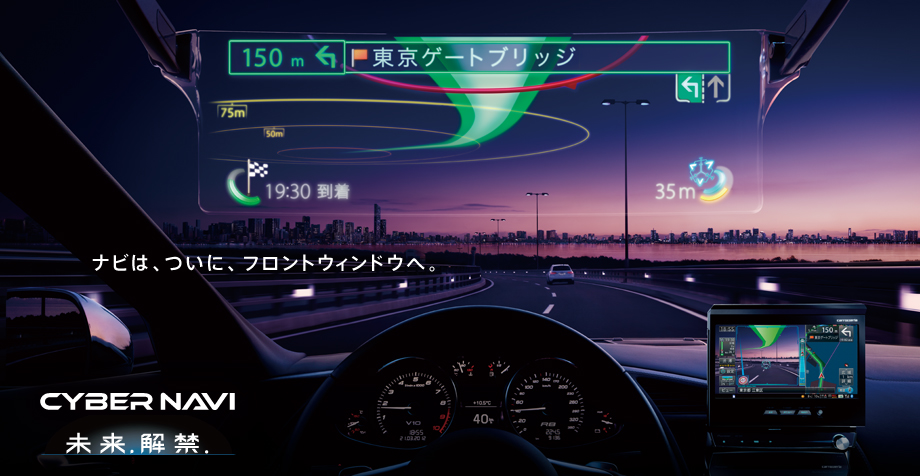When the car market was still in its infancy, manufacturers would experiment with new configurations of vehicle controls in an attempt to find the most practical solution for both the driver and from an engineering perspective. The position of the handbrake, for example, was often radically different from one car to the next. More worryingly the clutch, throttle, and brake pedals would often not appear in the same sequence. Fortunately, over time, standard configurations evolved, until the point where you would be able to jump into almost any car and start driving start straight away.
In the last few years, however, something has changed. The rapid advancement of technology has drastically influenced the driver interfaces we see in modern vehicles and we seem to have taken a step backwards in terms of interface standardisation.
Innovations such as Advanced Driver Assistance Systems (ADAS), automatic parking brakes and keyless ignitions are fundamentally changing the makeup of the driver interface. As a result, interfaces are seemingly being reinterpreted in every new car, meaning stepping into another vehicle can now seem like a whole new learning curve.
This poses a significant risk in terms of driver distraction and information overload, particularly as these primary vehicle controls are just the tip of the iceberg. The vast array of buttons, dials, and screens at the driver’s disposal keeps growing with new comfort, information and entertainment systems. Then there are the smartphones and tablet PCs that are increasingly being brought into the car to satisfy a driver’s needs for connectivity and new services on the move.
The automotive industry is adapting but probably not at the rate that new technologies are arriving. This means that there are likely to be turbulent times in the coming years. Ultimately the optimal solution will lie in a combination of the following four areas:
1. Integration of nomadic devices
Consumer demand for connectivity is far outpacing the automotive product lifecycle, so it makes sense to allow the smartphone to take the lead. However, it should be tightly integrated to provide a sanitised interface that limits functionality when the vehicle is moving.
2. Intelligence
This is where the advantage of integrated systems becomes apparent. With a range of different services and features competing for the driver’s attention, the vehicle must apply some intelligent filtering to prioritise driver information based on the situation.
3. Monitoring
Tracking driver condition, including factors such as fatigue and stress, are important considerations for an intelligent vehicle interface.
4. Intuitive interfaces
With all this new functionality in vehicles it is more important than ever for interfaces to be intuitive but this remains the biggest challenge.
The solutions available for driver-to-vehicle communication would seem to be limited. Touch and gesture based control have revolutionised some applications but the idea of gesturing whilst driving could seriously compromise vehicle control. However, if they could reduce the need to visually scan the dashboard for the right button or sub-menu it could make a positive impact.
The most promising solution seems to be voice control. This has long been an aspiration of the automotive industry, and now systems like Google Voice and Apple Siri have shown that natural speech recognition has matured. However, it is still important to recognise that driver distraction remains a risk even with voice control as shown in a recent study.
With the car able to communicate driving advice, route navigation, traffic alerts, and safety warnings, there are a lot of new interface options emerging. Take for example the hazard of a cyclist in your blind spot. Already manufacturers are using systems like directional audio warnings and LEDs embedded in the wing mirror to focus your attention on the right place at the right time. In the area of navigation systems, displays can now show details such as 3D buildings and road signs, or even overlay the route over real-time video to help convey information clearly.
However, navigation information and forward traffic warnings (lane departure, collision warning) will be clearer and more concise if they are presented where they are relevant – there in front of you – rather than on a screen somewhere to the side. This type of head-up display or augmented reality capability would revolutionise the driver interface in its own right. What is not so clear yet is how it might be achieved.

This year we will see many more cars with small projected head-up displays, but there are many alternatives being considered. In Japan, Panasonic launched the CyberNavi that projects route navigation onto a clear visor in front of the driver. The recent Mercedes’ GLA concept can project information onto the road from its headlights. Finally, there is Google Glass which in its current form risks adding to driver distraction but it does shows how wearable computing systems could disrupt the industry.
As someone working in the transport industry, new technologies in the automotive sector and the disruptive technologies in other areas are very exciting and offer real promise in solving major societal issues such as road accidents, congestion and emissions. However as a driver and a consumer I am not looking forward to a generation of cars with radically different interfaces. I am, however, looking forward to the day that I can call up a car and just tell it where I am going - something we are working on at MIRA.




Nanogenerator consumes CO2 to generate electricity
Whoopee, they've solved how to keep a light on but not a lot else.